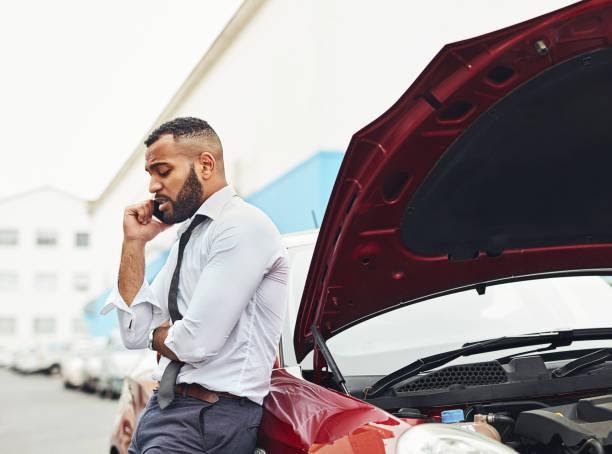Most fender benders result in minimal damages to either vehicle, and bodily harm is very rare as well. As a result, most of us are tempted to let them go unreported in order to avoid time-consuming red tape. As the text below will show, this can be a costly mistake. If you really want to get out of a fender bender with your finances unscathed, check out the 5 simple steps on how to keep a clear head, and handle minor accidents quickly and efficiently.
Table of Contents
Step 1: Call the Police ASAP
It’s true that a busted headlight does not impede a vehicle’s ability to operate, and a slight case of whiplash isn’t a life threatening injury. However, a visit to the doctor, and indeed the mechanic, is always advisable. This is why it’s important to have the police document the damage as soon as it occurs and write up a report. Some insurance agencies go out of their way to help you manage these stressful situations by helping you reach roadside and/or emergency services through a dedicated app. Insurance agencies can provide you with this service, and many more, whilst you are on-the-go if they actively use automation communication platforms such as those offered by Pathway. Pathway provides a dedicated mobile app and self-service portal which also allows you to access all of your policy documents and proof of insurance when you need them most. Incorporating state-of-the-art insurance technology into these 5 steps is the most sure-fire way to moving past a fender bender safely and stress-free.
Additional tip: Always wait for the police to arrive. You don’t want the other driver to be the only one influencing the police report narrative, regardless of who is at fault.
Step 2: Move Your Car or Engage Hazard Lights
Whether your car is in the middle of a busy highway or a deserted mountain road, moving it is essential to preventing further issues. Get back in your car and move it to the nearest safe area to stop obstructing oncoming traffic. This way, you are protecting both yourself and other people on the road. If you are unable to move your car for whatever reason, turn on your hazard lights, take out your warning triangles and make sure that they are placed safely on the road in order to warn passing vehicles of your presence.
Step 3: Exchange Information With The Other Driver
The first pieces of data you need to note down are; the other driver’s name, insurance policy details and license plate number, all of which can be stored in the aforementioned self-service portal that your insurance broker can provide you access to. You’ll also need the name of their insurance company, and their policy number. Once you have these covered, you can collect other supplementary pieces of information which may be useful down the line. For example, learn whether or not the other driver owns the car they were driving. teen patti master If there are any witnesses, politely ask them to provide their information if they are interested in making a statement. It would also be a good idea to make note of the color, approximate year, make, and model of the other car.
Additional tip: Never apologize or claim responsibility while talking to the police, or even the witnesses or the other driver. Any admission of guilt can be used against you in future legal proceedings.
Step 4: Take Pictures of the Damage to Your Car and any Bodily Injuries
According to the latest data, over 75% of mobile handsets people use are smartphones with high-definition cameras, so there is no excuse for you to skip this step. Take pictures of any damages to your car, and any injuries you or your passengers may have suffered. Check for a busted headlight or tail light, any dents in the side of your car, or cracks on your windshield. If you are given the option, always make sure to upload your photos and upload them directly to your insurance agencies’s app. Photographic evidence can help assess the true severity of the damage during future legal proceedings.
Additional tip: If you start feeling any back pain or a semblance of whiplash following the collision, see a doctor. Sometimes the pain is delayed, but can still run up a hefty medical bill, and the other driver’s insurance can cover these medical costs.
Step 5: File an Insurance Claim
Once the police have given you a written report, and you have documented evidence of the damages inflicted onto your vehicle, it’s time you start the process of filing an insurance claim. Most agents do not handle claims themselves, however it is in their best interest to have your claim process go smoothly. Most insurance agencies will assign you a representative who can walk you through the process of filing a claim, and inform you of the deductible you agreed to pay before your insurance kicks in.
Final Words
If you want to avoid paying unnecessary extra costs, it would be a good idea to follow this simple, 5-step guide. Drive safely, wear a seatbelt, and contact your insurance agency ASAP following a fender bender.

